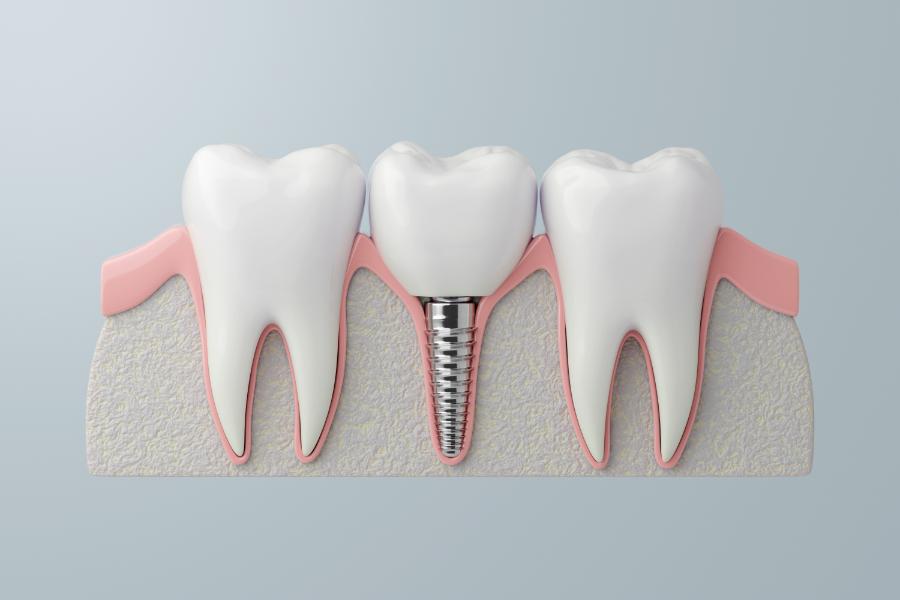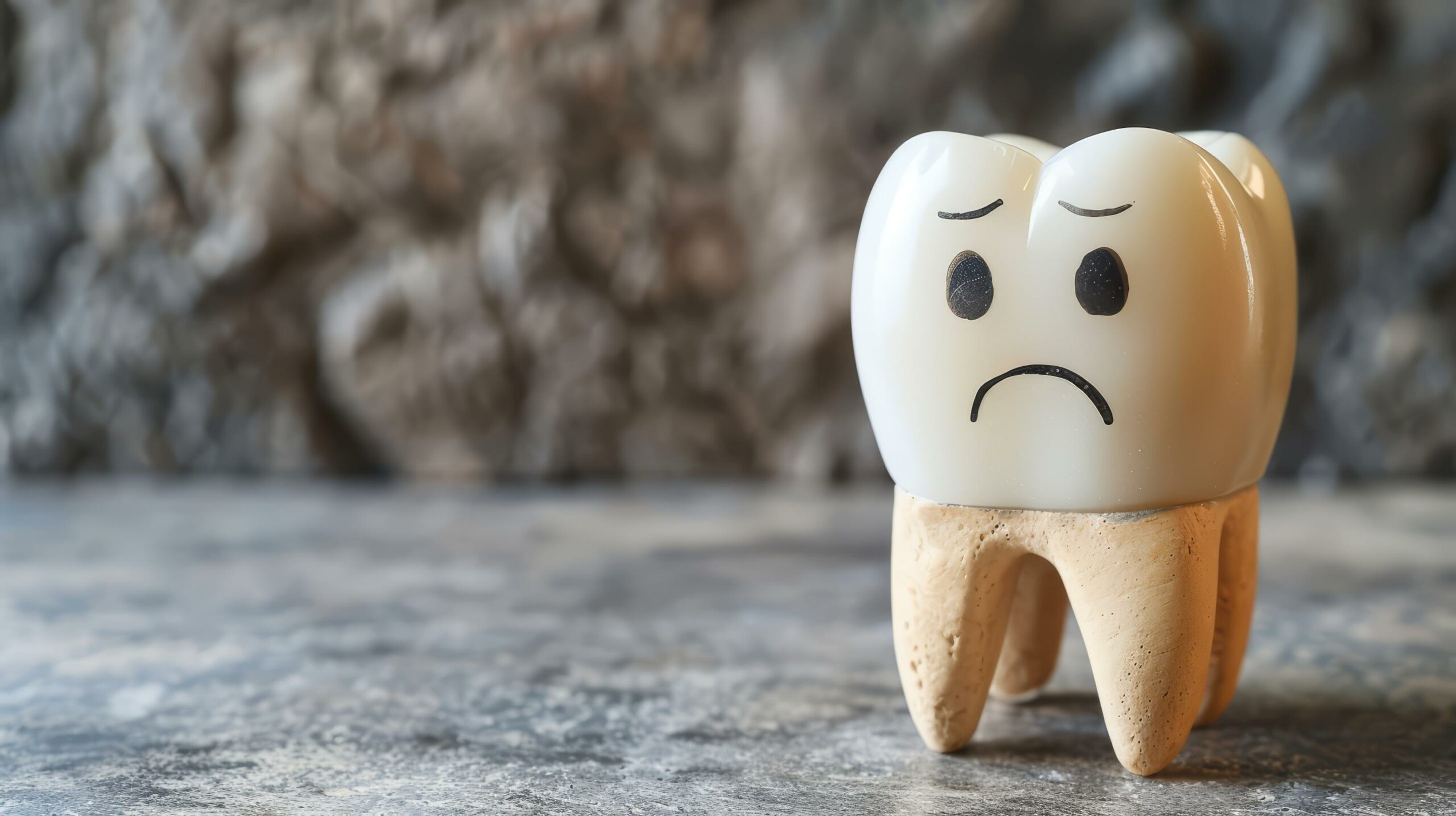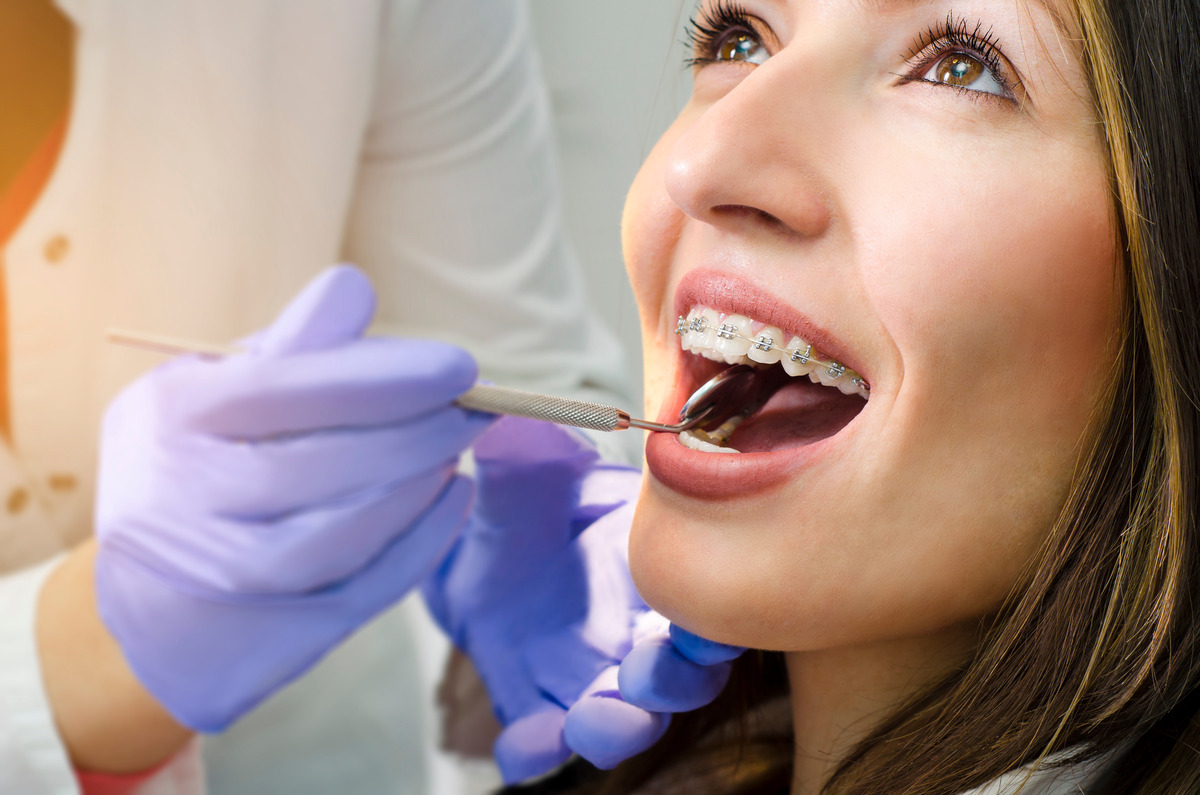
Ever look at your child’s smile and wonder, “Are we supposed to do something about that yet?”
You’re not alone. Parents often worry about waiting too long, while adults quietly ask if they’ve missed their chance. The truth? There’s no magic birthday for braces. But knowing the usual timelines can make the whole process a lot less overwhelming.

Dr. Cameron Hulse grew up in Southern Orange County, California. While in his own orthodontic treatment in high school, Dr. Hulse realized how much his new smile changed him and decided he wanted to improve other’s teeth and smiles. Dr. Hulse pursued his dream and completed a BS in Zoology at Brigham Young University. Then he was selected to attend the University of Southern California’s prestigious School of Dentistry where he received his D.D.S.. After Dental School, he switched coasts and completed his orthodontic residency at Jacksonville University where he received his CAGS.








